Silk Pillowcases: 5 Benefits & How They Work
Skincare Stays In Place
Cotton has a significant amount of friction, and a very high absorption rate, which is why you’ll often find your skincare sinks into your regular pillow at night. Silk has the opposite effect. “Silk fibres keep your skin and hair’s moisture (and other expensive products) where they belong,” explains Fiona Stewart, CEO & founder of SLIP. “They barely absorb any product formula and can create up to 43% less friction than cotton pillowcases, which means your face can move around crease-free, without any dragging on your complexion.” The smooth fibres also mean you won’t wake up with any indents or hard to shift marks either.
Sweat & Puffiness Is Curtailed
Natural materials like silk are much more breathable. As a result, silk pillowcases keep skin and hair cooler, in turn reducing any excessive sweating overnight. The benefits don’t stop there – as well as sweating less, there are studies showing silk pillowcases control sebum production, too. Not only is that good news for oilier skin types, anyone who suffers with premature greasiness on the scalp or throughout their hair will notice a difference, too.
Frizzy, Dry Hair Looks Smoother
Friction from cotton can contribute to frizz and ‘bedhead’ hair, which is another huge advantage of silk. The slippery texture means hair is less likely to become tangled or frizzy, as it's an anti-static material. Like your skincare, these pillowcases only absorb 11% of moisture as opposed to 30% for other synthetic fabrics, so your hair can hold onto more hydration to keep brittleness at bay.
Results Suggest They Stop Breakage
A deep conditioner, regular trims and general hair maintenance is the best way to prevent breakage and split ends. But as Fiona says, silk prevents excessive friction. It’s a much gentler fabric that prevents any tugging or snagging. In turn, this can stop the hair breaking or fraying. We move a lot as we sleep, which means strands can get caught or pull, but silk almost acts like a barrier, eliminating resistance between the hair and the pillow.
Sensitive Skin Types Benefit
Silk pillowcases are also hypo-allergenic, which is great for those who are prone to skin sensitivity or suffer with acne. While the texture itself isn’t a cure for either condition, silk is antibacterial, so there’s less chance of harmful germs building up or lingering. As such, future breakouts should be fewer and further between, or at least less aggressive.
Final Thoughts…
While silk pillowcases can, and are proven, to improve your skin and hair hydration, it’s important to see through the unrealistic claims. Experts say they’re beneficial and a great investment, but they won’t physically pass nutrients into your skin or deal with breakouts first-hand. Instead, look at them as more of an addition to your existing regime, instead of a cure-all solution. Finally, where possible, look for top quality silk like Mulberry – which is said the be the equivalent of Egyptian cotton. That said, you can opt for faux silk if you’re on a budget and still reap the smoothing benefits.
Interested? Here are some of our favourites…
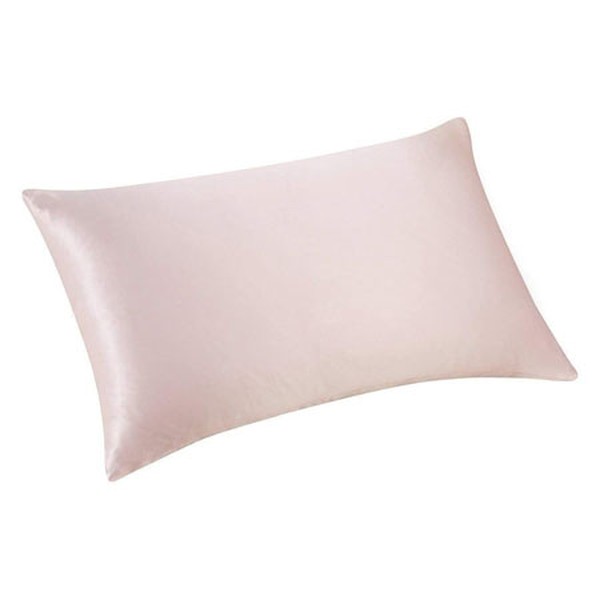
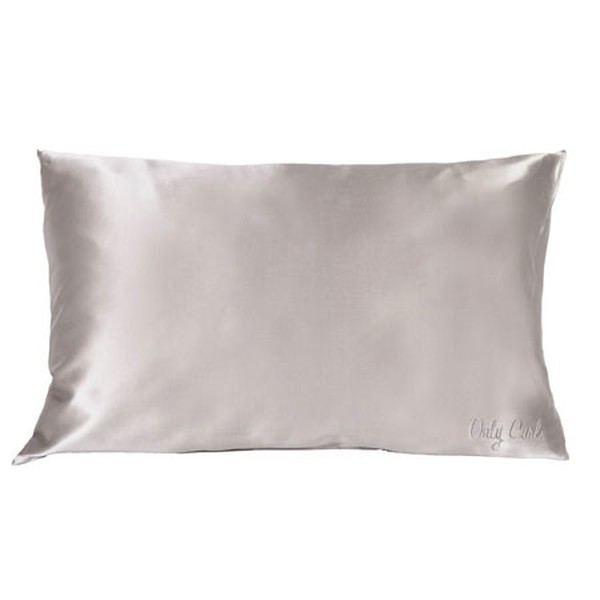
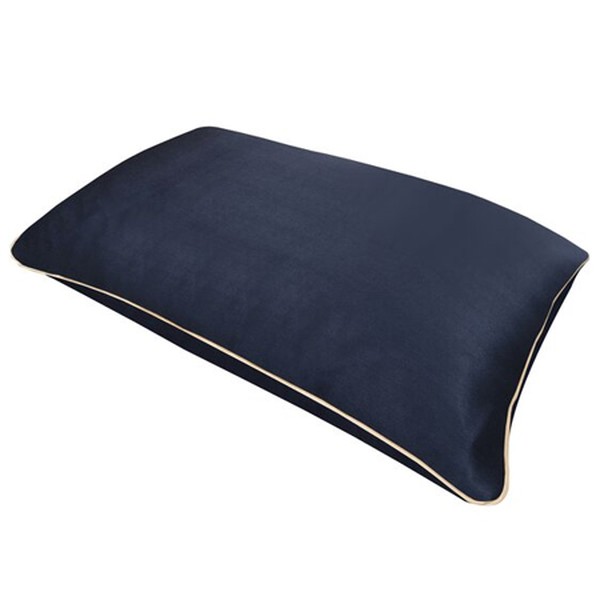
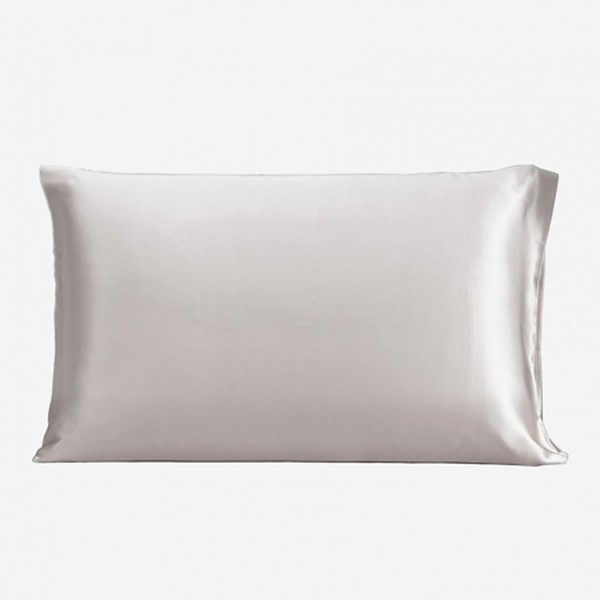

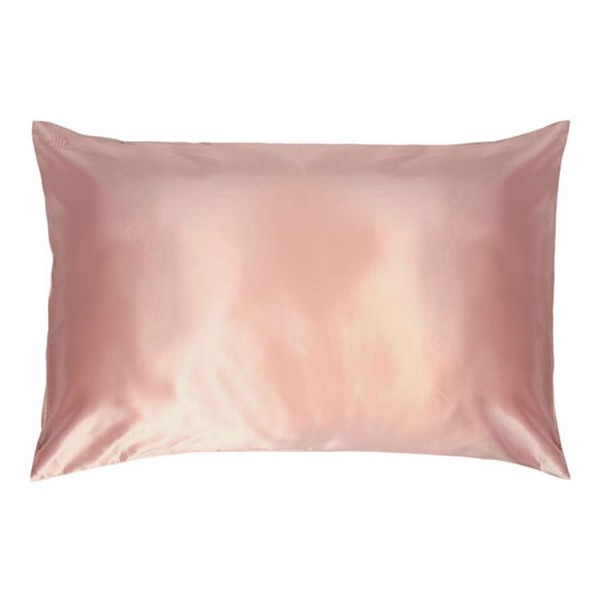
DISCLAIMER: We endeavour to always credit the correct original source of every image we use. If you think a credit may be incorrect, please contact us at info@sheerluxe.com.


